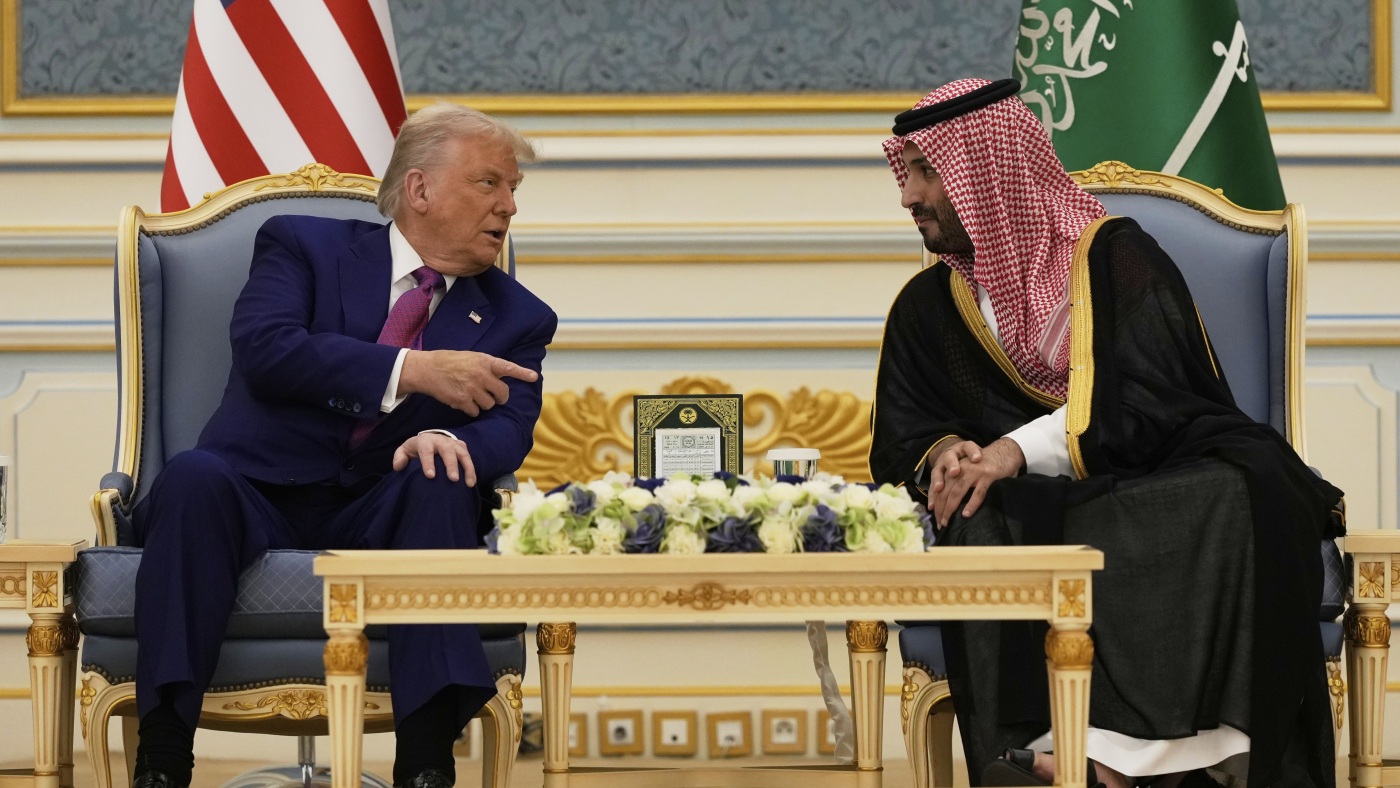The Strategic and Economic Dimensions of Trump’s Gulf Visit
Introduction
When former President Donald Trump embarked on his Gulf tour, visiting Saudi Arabia, Qatar, and the UAE, the trip was more than just a diplomatic gesture—it was a carefully orchestrated economic mission. The visit underscored a shift in U.S. foreign policy, where economic deals took precedence over traditional diplomacy. With a delegation of top U.S. CEOs and cabinet members in tow, Trump’s agenda was clear: secure investments, strengthen trade ties, and reinforce America’s economic foothold in one of the world’s wealthiest regions.
This analysis explores the key aspects of Trump’s Gulf visit, examining the economic deals, diplomatic implications, and the broader geopolitical context that shaped this high-stakes tour.
A Focus on Economic Deals
At the heart of Trump’s Gulf visit was an aggressive push for economic agreements. Reports suggested that the administration aimed to secure up to $1 trillion in deals, spanning defense contracts, technology investments, and even sports franchises. The presence of major U.S. business leaders signaled a deliberate strategy to leverage private-sector partnerships alongside government negotiations.
– Defense Sales: A significant portion of the anticipated deals involved arms exports, particularly to Saudi Arabia, which has long been a key buyer of U.S. military equipment.
– Technology and Infrastructure: American tech firms stood to gain from Gulf investments in smart cities, AI, and energy infrastructure.
– Sports and Entertainment: The Gulf’s growing interest in global sports franchises, including soccer and golf, presented additional commercial opportunities.
This economic-first approach reflected Trump’s broader foreign policy philosophy—one where trade and investment took center stage.
The Saudi Connection: A Strategic Partnership
Saudi Arabia was the cornerstone of Trump’s Gulf tour. The kingdom’s $600 billion pledge in U.S. investments over four years highlighted the depth of the economic relationship. Key aspects of this partnership included:
– Defense and Security: The Saudis remained a top buyer of U.S. arms, with deals likely including fighter jets, missile defense systems, and cybersecurity technology.
– Real Estate Ventures: The Trump Organization’s existing branding deals in Saudi Arabia, such as the planned Trump Tower in Riyadh, added a personal business dimension to the diplomatic visit.
– Energy and Technology: Saudi investments in U.S. energy projects and tech startups reinforced mutual economic interests.
The lavish reception Trump received—including a multimillion-dollar gala—demonstrated Saudi Arabia’s eagerness to strengthen ties with the U.S. under his administration.
Diplomatic and Strategic Implications
While economics dominated the agenda, the trip carried significant diplomatic weight:
– A Transactional Approach: Trump’s emphasis on deals over traditional diplomacy signaled a shift in how the U.S. engaged with Gulf allies. Relationships were framed in terms of mutual economic benefit rather than ideological alignment.
– Rebuilding Trust: After strains during the Obama administration, the visit aimed to reaffirm the U.S.-Saudi alliance, particularly on counterterrorism and regional stability.
– Geopolitical Messaging: The tour reinforced U.S. influence in the Gulf amid rising tensions with Iran and ongoing conflicts in Yemen and Syria.
The Broader Gulf Context: Qatar and the UAE
Beyond Saudi Arabia, Trump’s stops in Qatar and the UAE were equally consequential:
– Qatar: Despite the 2017 Gulf rift (where Saudi Arabia and the UAE led a blockade against Qatar), Trump’s visit suggested a pragmatic approach to maintaining ties with all regional players.
– UAE: As a hub for finance and innovation, the UAE offered opportunities in renewable energy, fintech, and space exploration.
These visits underscored the Gulf’s role as a critical economic partner for the U.S., regardless of intra-regional disputes.
The Intersection of Business and Diplomacy
Trump’s Gulf tour blurred the lines between business and statecraft:
– Private Sector Involvement: The inclusion of U.S. CEOs in diplomatic meetings highlighted the administration’s belief that economic interests should drive foreign policy.
– Potential Conflicts: The Trump Organization’s Gulf ventures raised ethical questions about whether personal business interests influenced diplomatic decisions.
This approach marked a departure from conventional diplomacy, where policy and commerce were often kept separate.
The Road Ahead: Economic Diplomacy in a Shifting Region
As Trump’s tour concluded, several key takeaways emerged:
Conclusion: A New Era of Economic Statecraft
Trump’s Gulf visit wasn’t just about diplomacy—it was a masterclass in economic statecraft. By treating foreign relations as a series of high-stakes business negotiations, the administration reshaped U.S. engagement in the Middle East. Whether this approach strengthened America’s long-term position or merely capitalized on short-term gains remains a topic of debate.
One thing, however, is certain: the trip underscored that in an era of shifting global power dynamics, economics and diplomacy are now inextricably linked.











